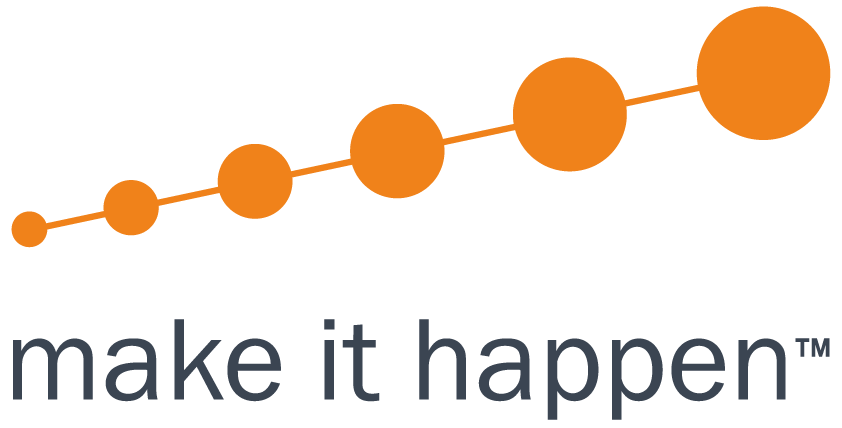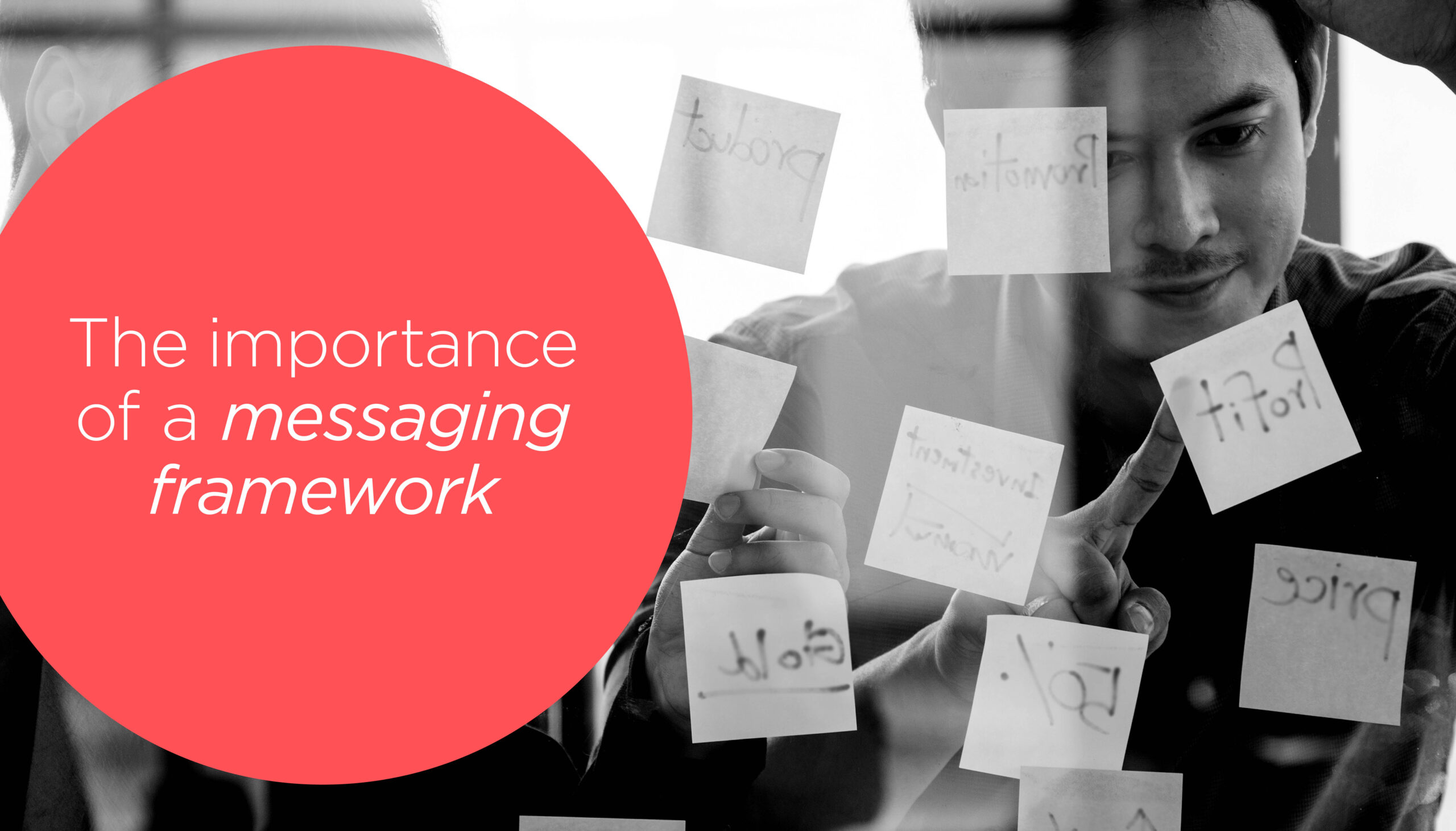Put a handful of employees, working for the same company, in one room and ask them: “What does your company do?”
Odds are, if the company doesn’t have a solid messaging framework, each employee will answer the question differently, based on their own experience and exposure. Worst case scenario, they might not be able to answer the question clearly at all.
Nowadays, especially for companies working on larger scale projects, having consistent messaging is essential, and can make or break a business’ rise to success.
A messaging framework captures who you are as a company, what you stand for and why you exist.
It helps each and every company employee be on the same page, no matter if they work for the communications department, marketing and sales, content creation or PR and recruitment.
There are many ins and outs to what makes a good messaging framework. But first, let’s take a deeper dive into what a messaging framework actually is.
What is a Messaging Framework?
A messaging framework is a systematic written representation of what your company, and its services, stand for.
The framework should provide a structured definition of the value of your company and what makes it unique. Special attention goes into differentiating your company from competitors and detailing what makes you stand out from the rest.
Further, a messaging framework is both extremely useful for internal and external use. It provides an important base of knowledge for all forms of communication.
First, it enables employees, stakeholders and third-party workers to share information and deliver consistently on company values.
Second, it creates uniformity and clarity when speaking to customers. If your customers do not know what your company does or what it stands for, odds are they won’t engage with it or seek out your services.
Ultimately, a successful messaging framework works to increase alignment and structure both for employees and the general public.
The Main Components of a Messaging Framework
Each business will need to determine the right framework that suits their needs best. In that sense, a messaging framework is malleable and can shift and change form according to your expectations and priorities.
Still, there are a few key components that all companies should consider when forming a solid messaging framework.
Positioning Statement
An effective positioning statement serves to differentiate your business from your competitors.
Not only is the statement meant to identify what sets your services apart from others, it also serves to convince customers why they should choose your unique services, and how you can solve their problems or attend to their demands.
Typically, a positioning statement is not public-facing. Rather, it is an internal document that helps your employees gain a broad understanding of your company’s position in the market.
Target Audience
Defining your target audience is crucial in identifying who exactly you’re trying to reach.
When doing so, think about your audience’s demographics. Where do they live? How old are they? What is their profession, and how much money do they earn? Finally, what problems do they need solved and what inspires them?
Building your framework around your target audience will help create alignment and avoid future mistakes.
So take time to nail down who exactly you're directing your services toward.
Brand Promise and Voice
Brand Promise
A brand promise is a statement you make to your customers about what your company offers. Creating a promising brand statement will help build trust and increase customer loyalty.
Think about what you want your customers to experience and what they can expect from you, and construct a brand promise around those two parameters.
A brand promise can look like a tagline or slogan. Something short and to the point. It can also be more detailed, so think about what promises you’re willing to make and keep.
Brand Voice
A brand voice relates to what your company sounds like to the external public.
Is your brand voice more serious and business-like? Or is it playful and funny? Perhaps it is mostly warm and welcoming?
Coming up with adjectives to describe your voice and personality will create a long-lasting impact on how you are perceived by your customers and the general public.
Customer Personas
Customer (or buyer) personas are fictional depictions based on your target audience and research you’ve conducted on them.
These profiles often represent your ideal customer, and help customers design their messaging and services around the kind of customers they want to attract and serve.
With personas, the devil is in the details. For B2Bs especially, think of what characteristics are relevant to your industry to set the right standard in client acquisition and services provided.
Final Thoughts
So many B2B businesses struggle with capturing their value proposition at a product and service level.
A messaging framework helps deliver consistent and appropriate messaging across the board.
Both internal and external customer-oriented communication benefit greatly from a thought-through messaging framework.
Having one, detailed source to refer to will absolutely increase your company’s capacity to deliver powerful messaging and keep everyone on the same page.
It might take time, but if you trust in the process, you’ll soon see the benefits of a messaging framework pouring in.

